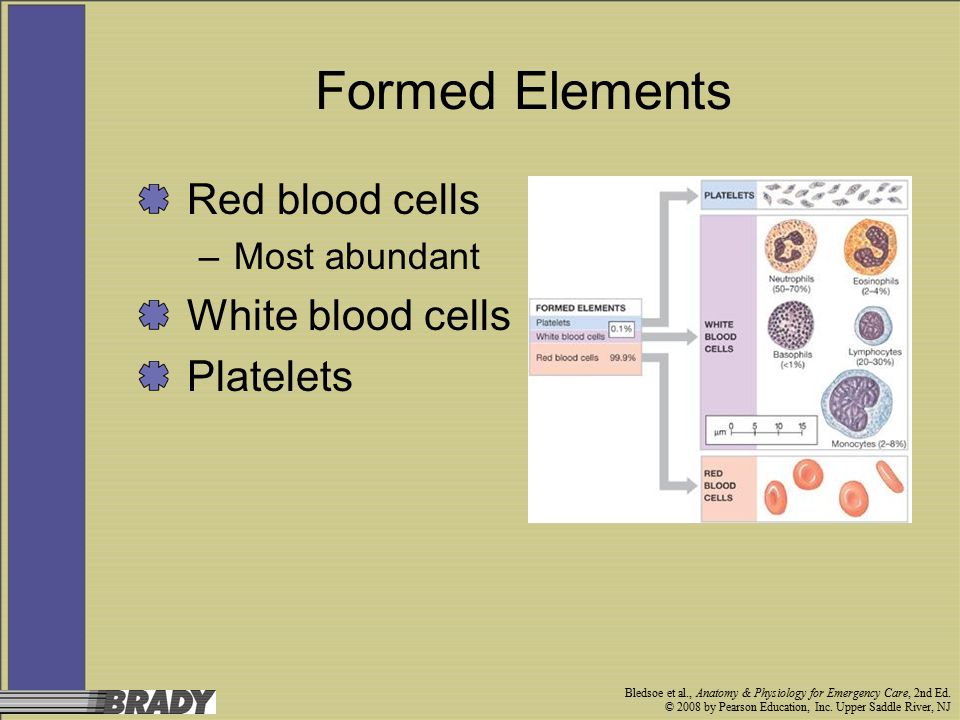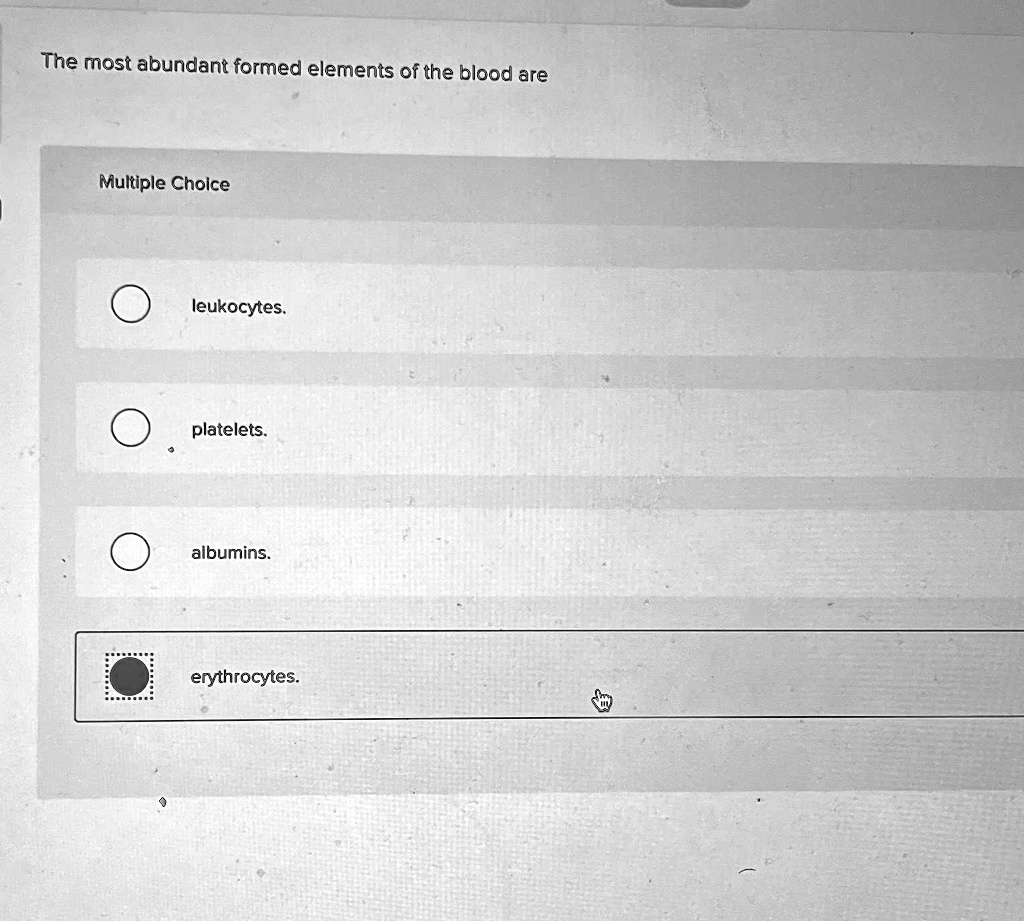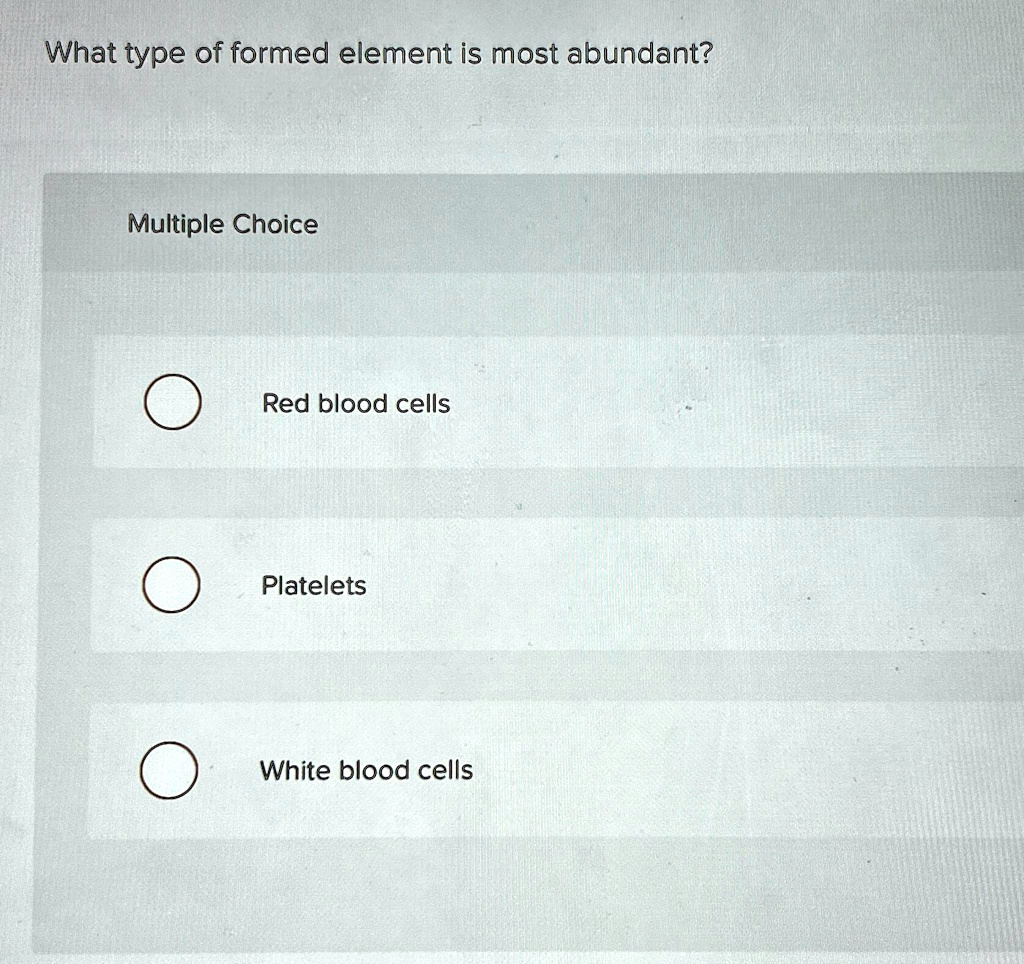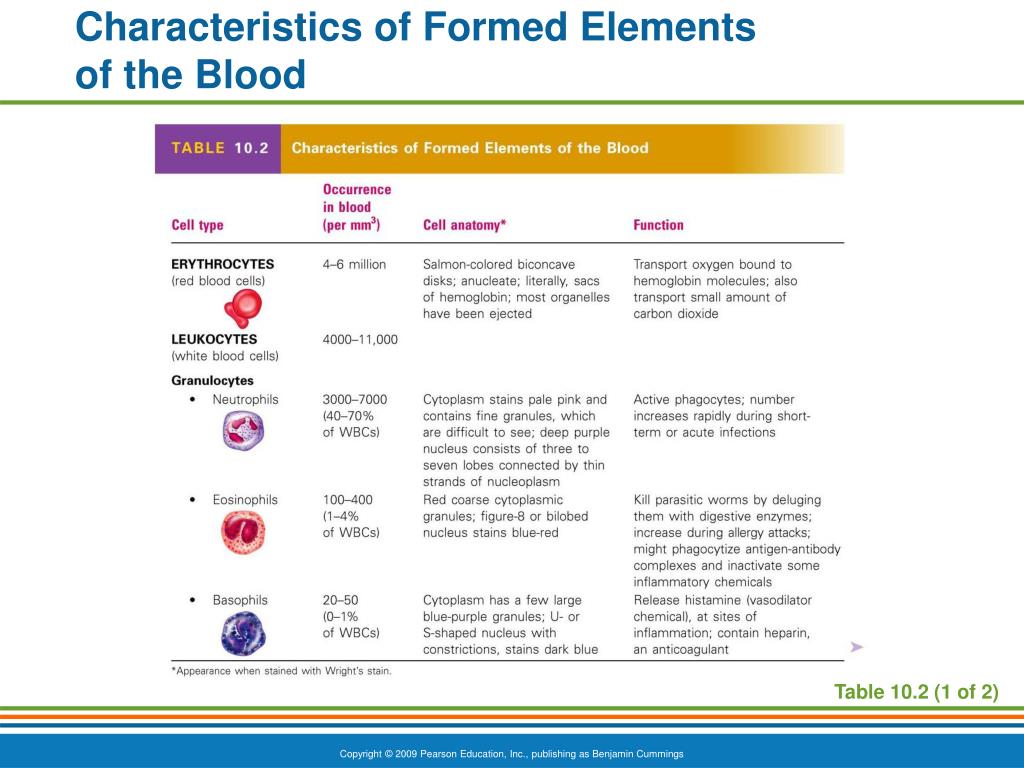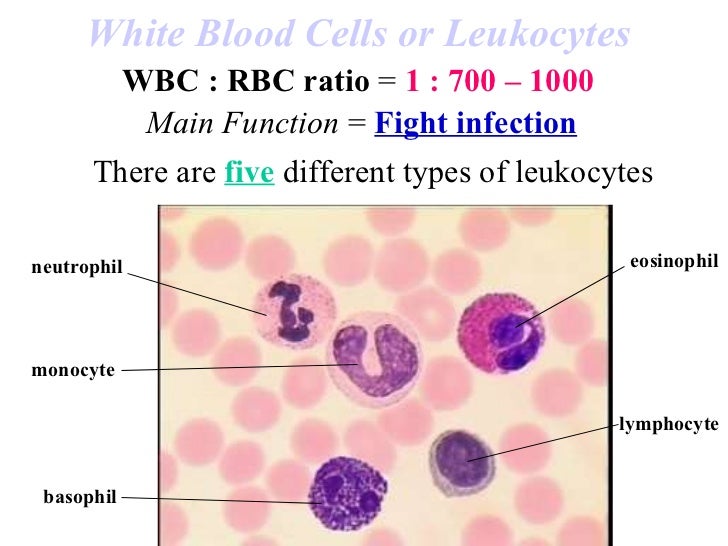Which Formed Element Is The Most Abundant In Blood

URGENT HEALTH ALERT: Misconceptions about blood composition are rampant. Medical professionals are reiterating a critical fact: erythrocytes, or red blood cells, are by far the most abundant formed element in blood, essential for oxygen transport.
Understanding blood components is crucial for diagnosing and treating various medical conditions. This article clarifies which formed element dominates blood volume and its implications for overall health.
The Dominant Force: Red Blood Cells
Erythrocytes constitute the vast majority of formed elements in blood. They account for approximately 99% of these cellular components.
A typical blood sample reveals a red blood cell count of 4.7 to 6.1 million cells per microliter for men and 4.2 to 5.4 million cells per microliter for women, according to the Mayo Clinic.
This starkly contrasts with the number of other formed elements.
White Blood Cells and Platelets: Minority Players
White blood cells, or leukocytes, play a vital role in immunity. However, they only represent a small fraction of the formed elements.
The normal white blood cell count ranges from 4,500 to 11,000 cells per microliter. This is significantly lower than the red blood cell count.
Platelets, also known as thrombocytes, are essential for blood clotting. These are present in even smaller numbers than white blood cells.
A normal platelet count ranges from 150,000 to 450,000 per microliter.
Why Red Blood Cells Dominate
The primary function of blood is to transport oxygen from the lungs to the rest of the body. Erythrocytes are uniquely designed for this task.
They contain hemoglobin, a protein that binds to oxygen. The sheer number of red blood cells ensures efficient oxygen delivery.
This efficient delivery is vital for cellular respiration and overall survival.
Clinical Significance
Variations in red blood cell count can indicate a range of health problems. Anemia, characterized by low red blood cell count, can cause fatigue and weakness.
Polycythemia, an abnormally high red blood cell count, can increase the risk of blood clots. Both conditions require medical attention.
Understanding the relative abundance of red blood cells is crucial for interpreting blood test results and diagnosing these conditions.
Expert Commentary
“The dominance of erythrocytes in blood underscores the body's reliance on oxygen transport,” states Dr. Emily Carter, a hematologist at Massachusetts General Hospital.
“Monitoring red blood cell count is a cornerstone of medical diagnostics. Deviations from the normal range often signal underlying health issues.”
She emphasizes the importance of regular blood tests for maintaining overall health.
Common Misconceptions
Many people mistakenly believe that white blood cells are the most abundant. This misconception often stems from their association with immunity.
While white blood cells are crucial for fighting infection, their numbers are significantly lower than red blood cells.
Correcting this misunderstanding is vital for promoting accurate health knowledge.
The Importance of Hemoglobin
Hemoglobin within red blood cells binds to oxygen and carbon dioxide. This enables efficient transport of these gases throughout the body.
The structure of hemoglobin allows it to pick up oxygen in the lungs and release it in tissues where it's needed.
Problems with hemoglobin, such as sickle cell anemia, can severely impair oxygen transport.
Where to Learn More
For further information on blood composition, consult your healthcare provider. Reliable sources include the National Institutes of Health (NIH) and the American Red Cross websites.
These resources provide comprehensive information on blood and blood-related disorders.
Stay informed and prioritize your health.
Next Steps
Medical professionals are encouraging increased public awareness. Further educational initiatives are planned to address common misconceptions about blood composition.
Researchers are continuously working to improve our understanding of red blood cell function and related diseases.
Continued research and education are crucial for advancing healthcare.

